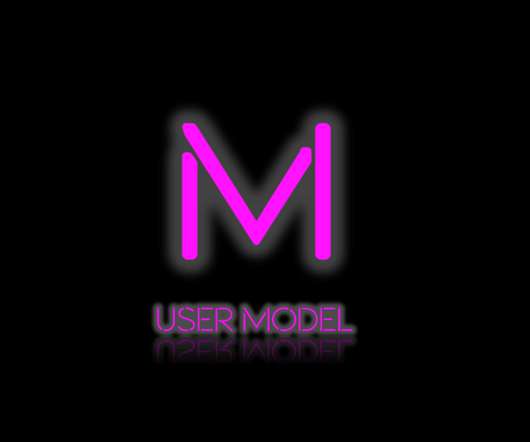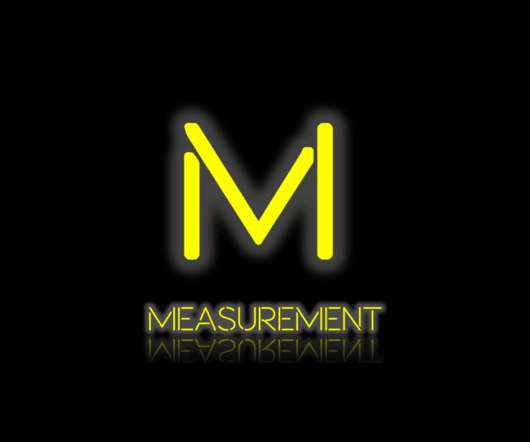Beyond Frankencloud: living with your once and future SaaS architecture
CloudGeometry
JULY 8, 2021
The B2B SaaS arms race will be won by those who can consistently translate technical debt into development versatility: adding new features, integrating new data sources and workflow integrations, trying new technologies, retiring locked-in dependencies. and onboarding new customers. and onboarding new customers.















Let's personalize your content